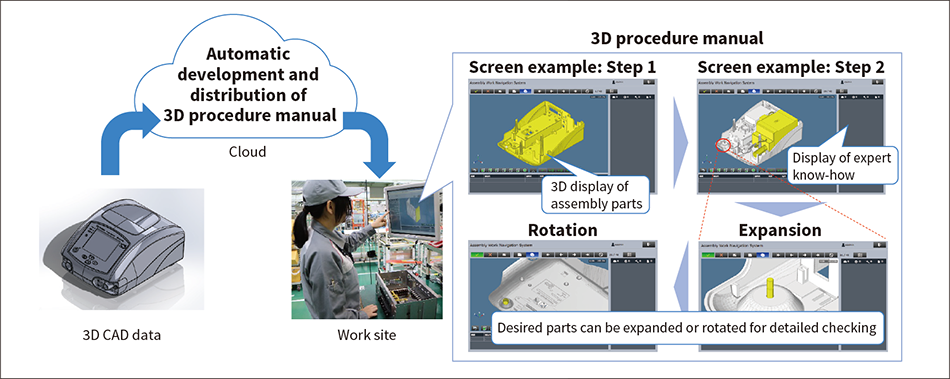1. Flight Rescheduling Optimization Service to Innovate Front-Line Operation
Highly-skilled, experienced experts are required to correct flight schedules when irregular events such as aircraft maintenance and airport congestion occur. However, the operation is now facing issues such as differences in rescheduling quality and the over-specialization of personnel that occurs when certain employees have been handling particular work for so long that no one else can replace them.
In this service, data such as planned flight schedules and tacit expert know-how are input into Hitachi’s artificial intelligence (AI) and suggestions for the optimal flight rescheduling plan are automatically calculated to reduce the operation time and improve the operation accuracy. This service can provide multiple patterns of rescheduling plans for overall optimization that consider the balance between their impact on passengers and their impact on the operation among multiple plans such as aircraft rotation, crew assignment, and maintenance scheduling. In addition, key performance indicator (KPI) values and alert items at each rescheduling plan are displayed in a report format to help make prompt decisions.
In addition to the above flight rescheduling management, this service can also support production planning that assigns tasks to resources including people and goods (in the aviation industry, flight schedules are assigned to each aircraft and crew as resources). The service is useful in the planning operation where planning corrections occur on a daily basis and such corrections must be made quickly, while retaining the original plan as much as possible.
[1] Overview of the flight rescheduling optimization service












